
Lot 459
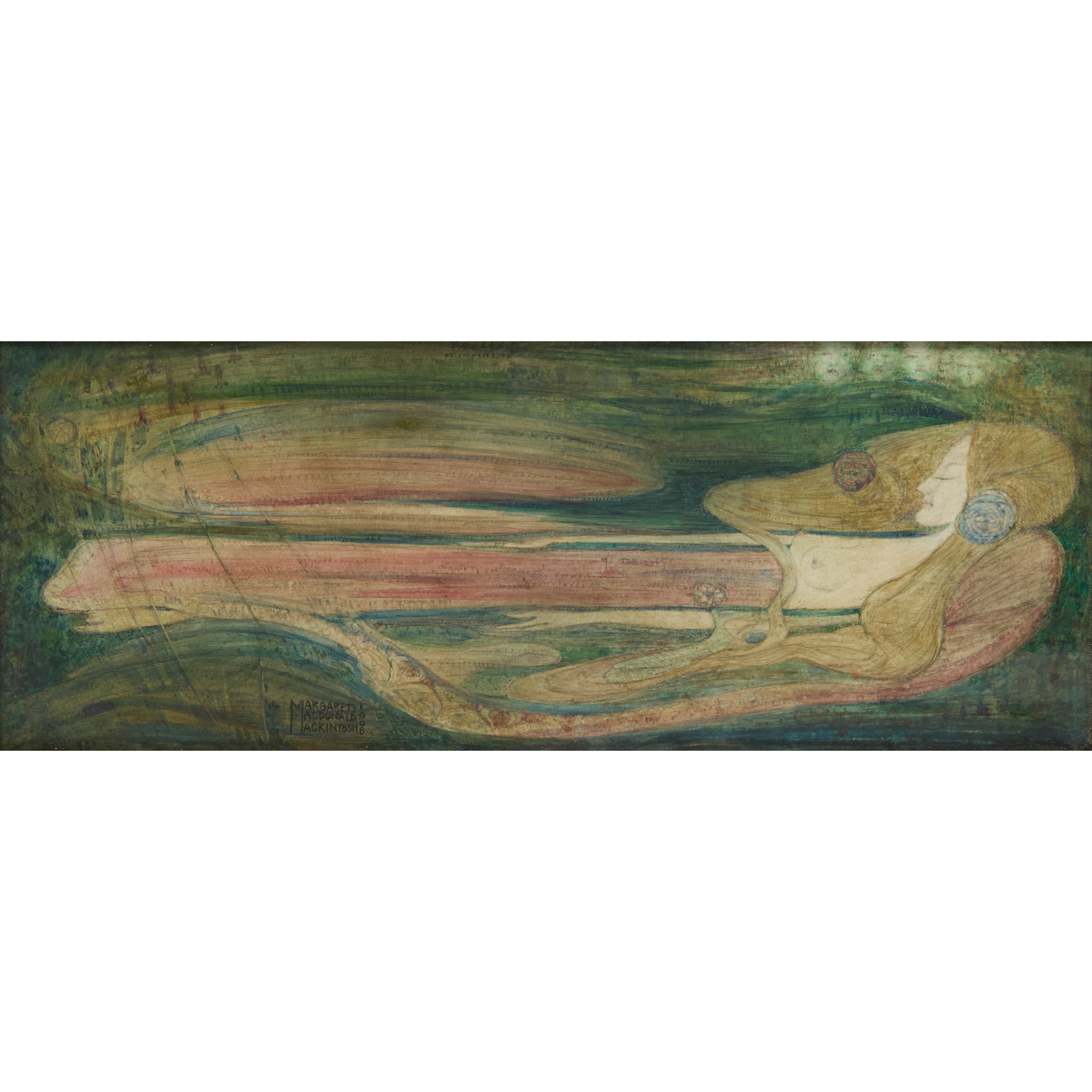
MARGARET MACDONALD MACKINTOSH (1865-1933)
OPHELIA, 1908
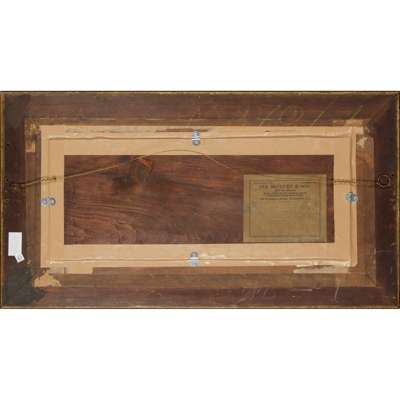
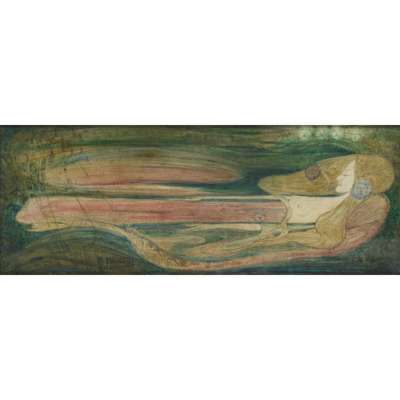
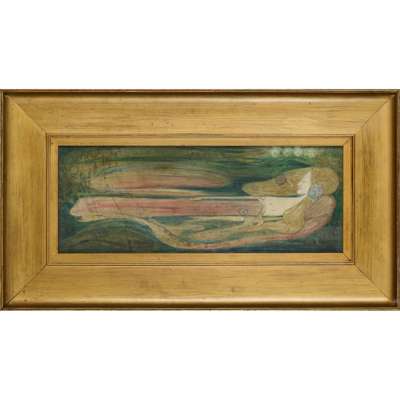


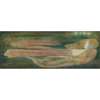
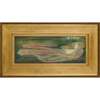
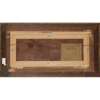
Auction: Day Two inc FL Griggs : A Cotswold Legacy | Lots 334 to 654 | Thursday 16th October from 10am
Description
watercolour on vellum, signed and dated MARGARET MACDONALD MACKINTOSH 1908, bears Jas. McClure & Son label verso
Dimensions
panel 19.5cm x 46.8cm (frame size 35.7cm x 64.7cm)
Provenance
Sotheby's, Glasgow Scottish and Sporting Paintings, Drawings and Watercolours, Wednesday 30th January 1985, lot 245
Private Collection, Glasgow
Footnote
Literature: Billcliffe R. Charles Rennie Mackintosh and the Art of the Four, Quatro, 2017, p. 201, no. 234 illustrated.
Amelia S. Levetus Glasgow Artists in Vienna: Kunstschau Exhibition, Glasgow Herald, 29 May 1909, p. 11.
Before her marriage to Charles Rennie Mackintosh, both in life and professionally, Margaret Macdonald had already long fostered an innovative creative partnership with her sister Frances Macdonald, in the years prior to the latter’s marriage to Herbert McNair.
Infamously ‘The Four’, or ‘Spook School’, astonished and confounded the British artworld in equal measure – whilst, it must be noted, simultaneously impressing their counterparts in Europe. The sisters’ ability to shock was compounded as much by their gender as their originality. The Glasgow School of Art where they studied under Fra Newbery was unique in its respect for the abilities of its female pupils. This departure from historical precedent coincided with the advent of the “New Woman” - who was educated, smoked and rode a bike (!) - as well as increasing momentum within the suffrage movement. Margaret and Frances were encouraged by a supportive family and allowed to follow their artistic path, with the pair even setting up their own design studio in Glasgow after graduation.
Their work was recognised (with accompanying ripples of wonder and consternation from their critics) for the maturity and strength of its aesthetic from a very early stage. Highly unusually for the time, they began painting the female nude from as early as the 1890s. More controversially still, they subverted its traditional representations. Contemporary reviews describe their figures on a spectrum ranging from “spectral, hideous and lean”, to “fearfully, wonderfully and weirdly “new”.
This stunning 1908 watercolour on vellum by Margaret Macdonald Mackintosh is a highly interesting case when considering the contexts in which she and her sister were working. Titled ‘Ophelia’ on its old gallery label verso, it also bears the address of her studio at 45 Glebe Place, Chelsea where she worked from 1915 to 1923. It may be that the picture was also exhibited at the Kunstschau in Vienna in 1909 titled the “Dead Princess”. An article in the Glasgow Herald of the same year commented “…the “Dead Princess” is a work of ethereal beauty, and at the same time an earnest work of art. Such art is indeed a revelation”.
One of course can make a ready comparison to John Everett Millais’ 1852 oil of the same name, a romanticised representation of Shakespeare’s young noblewoman driven to madness, who ultimately drowns herself. Artists typically choose to illustrate the moment she finds peace in death. The tragedy of Ophelia’s story can be said to lie in her lack of agency in the face of dominating men. It is certainly possible that Macdonald Mackintosh was examining such themes, but we must remember that the crux of the work of ‘The Four’ was, in Mackintosh’s words, “the indefinable side of art”, and interpretation is therefore seldom a straightforward exercise.
‘Ophelia’ does make for a more poetic title than ‘Dead Princess’, but this alternative title does also speak to the nature of Macdonald Mackintosh’s oeuvre. ‘The Four’ were Symbolists, born of the aesthetic movement which was characterised by a “sensual morbidity”, as Janis Helland (author of ‘The Studios of Frances and Margaret Macdonald’, published Manchester University press, 1996), succinctly puts it. Margaret and Frances were unafraid to approach weighty subject matter in a decorative fashion, with beauty transforming all. Poetry, pre-Christian spirituality and the metaphysical intermingle within their dream-like artistic aesthetic.
Similar explorations of the theme of the sleeping / deceased female form abound in both artist’s work, from Frances’ ‘Sleeping Princess’ of c.1895, to a later work by Margaret of 1913, ‘The Pool of Silence’, created the year prior to Charles and Margaret’s exodus from Glasgow, pushed out as they were by oppositional ideologies and relentless hostility towards their artistic values. It is also interpreted as a meditation on the death of her mother that year.
The supine form is almost as common a design trope within their paintings as the elongated vertical form for which they are so famous. Figures recur, laid out like Egyptian sarcophagi, carved tombs to medieval queens, or elemental Celtic wisps. Much of the sister’s aesthetic exploration of the female form can be read as a rejection of - and repost even - to the idealised sensuality of the Pre-Raphaelite ‘type’. Their women are something altogether different, “destroying a relationship with either the Pre-Raphaelite beauty, the Victorian maiden, or the fin-de-siecle femme fatale”, to again borrow Janice Helland’s apt phrasing. Any sexuality is latent at most, and more readily perceivable as remote or unreachable. Their female archetype is to be read on a metaphysical level, as an arcane force of the natural world, with physical death being but part of the regenerative cycle of all life.
In this work, the waters around the figure may well represent these swirling forces of life and death. Her hair tendrils around her, cocoon-like, womb-like even, and poised for metamorphosis. Reflections and grasses in the water are masterfully rendered, placing the figure in an infinite and formless space. The piece is intrinsically melancholic in tone, heightened by a tragic chorus of ghostly cherubic faces which hover above the sitter’s head. Atmospherically, it is replete with “the symbolist tendency to incorporate a haunting silence”, as Helland notes.
This quiet, exquisite work showcases the artist’s skill across process, form and content; an ability shared by her collaborators in ‘The Four’ and arguably unmatched by their contemporary peers. Their skill, sophistication and originality are now rightly celebrated on an international scale. ‘Ophelia’ is a wonderful illustration of how the complexity of their iconography has the power to intrigue even to this day.
The label verso is from James McClure & Son, a fine art dealers based in Glasgow, and has the dealer's full details as a header; and the typewritten text reading “Watercolour on Vellum/ ‘Ophelia’/ by/ Margaret Macdonald Mackintosh/ 2 Cedar Studios,/ 45 Glebe Place, Chelsea, S. . ."








